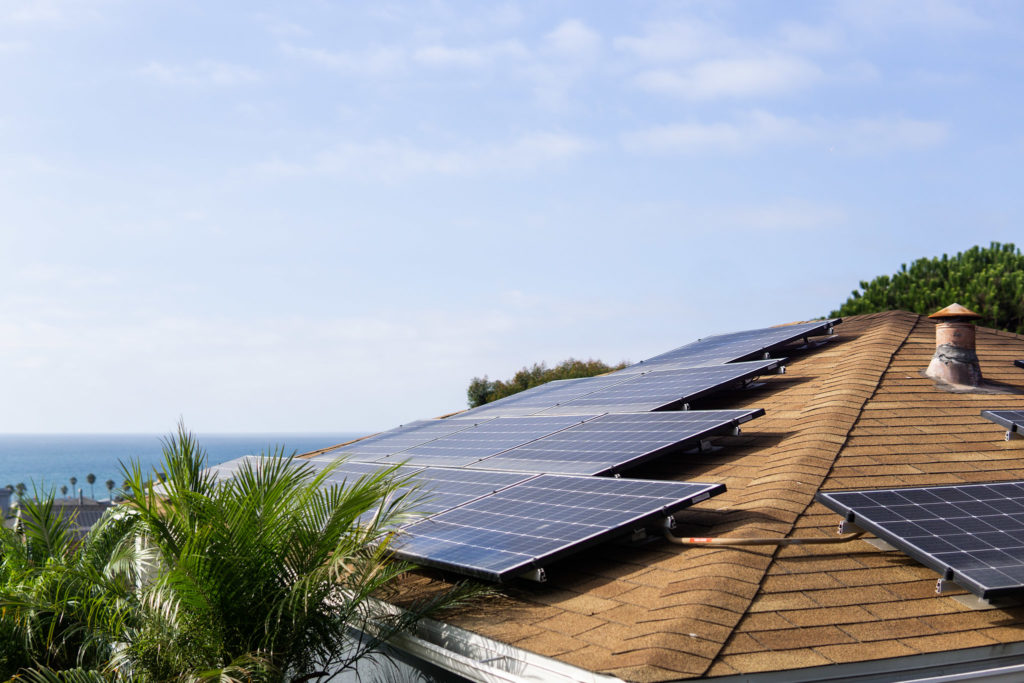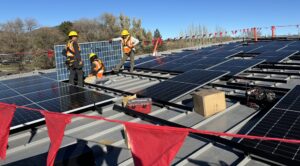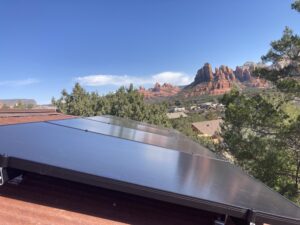
This month the California Public Utilities Commission, (CPUC) the governing body which oversees California’s utility companies, is making a decision on a new system for valuing solar. They call this new system ‘Net Billing’, and it is a proposed overhaul to the Net Energy Metering (NEM 2.0) system. This system has provided growth to the solar industry and the economy of California for more than 20 years. Several solar groups have come out against this new proposal, and a final decision is due at the end of January. The good news is that new Rooftop Solar customers will be grandfathered into the current rates for 15 years as long as they go solar before May 27. Read on to find out more about these proposed changes.
From Net Metering to Net Billing
The CPUC is proposing these changes based largely on an independent study they commissioned in 2019, but the findings have been widely contested by solar advocates. The CPUC’s primary argument is that solar adds considerable strain to the grid and added cost to non-solar customers.
The most fundamental change is to the energy billing system, which historically has paid the same or close to the same for energy that they charge. CPUC has now proposed valuing exported rooftop solar energy at what is essentially a wholesale rate. This means the average Californian would be paid an average of about 5¢/kWh for their extra energy down from the current rate of 20-30¢/kWh. The commission is basing this pricing on what they are calling “avoided cost” which is basically the difference between how much they pay residential solar customers and what they might be able to pay massive solar farms.
Solar energy advocates argue that the CPUC is wrong to compare residential solar systems with wholesale solar farms as they are entirely different types of investments. Again, the CPUC’s argument is basically that solar puts undue strain on the grid and raises non-solar utility bills. Solar advocates argue that solar can help lower overall utility costs in some cases (energy.gov). With regard to grid strain, the clear answer is batteries, which CPUC seems to be in agreement with.
Time of Use and Solar Penalty
The CPUC has also proposed placing rooftop solar customers on what is called ‘high differential’ time-of-use plans for the energy they buy. This will raise electric prices for some customers and complicate the way solar investments are calculated making it difficult for homeowners to see the long-term value of solar.
They have also proposed an additional ‘Grid Participation Fee’ of about $8/kW of installed solar for solar homeowners. This is the highest solar penalty fee in the county and will add quite a bit of cost over the lifetime of a system.
A Final Decision on January 27th
The proposed decision may be heard on January 27th at the earliest, and new rooftop solar customers will have 4 months from that time to go solar under the current plan. Going solar before May 27th will ensure homeowners will receive the benefits of the current NEM 2.0 system of compensation for 15 years.
Reach out to a Rooftop Solar specialist today to see how much more you could save by acting now, and you can let your voice be heard for the future of solar by signing the petition here: https://www.savecaliforniasolar.org/.


